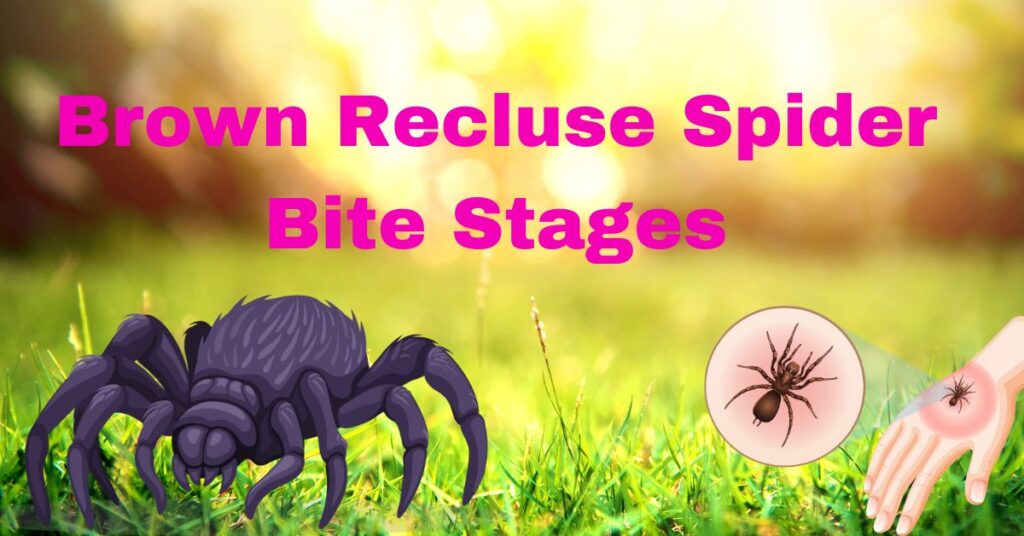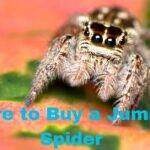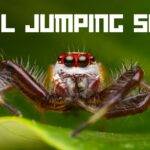Brown Recluse Spider Bite Stages: Vagrancy among veterans increases due to their specific circumstances, particularly their military benefit and their ensuing integration back into society. These circumstances are common with more extensive financial and societal issues. Individuals who suffer from PTSD and other wellbeing issues caused by encountering struggle feel driven to manhandle substances as a frame of self-medicated vagrancy develops impressively.
Identifying a Brown Recluse Spider Bite
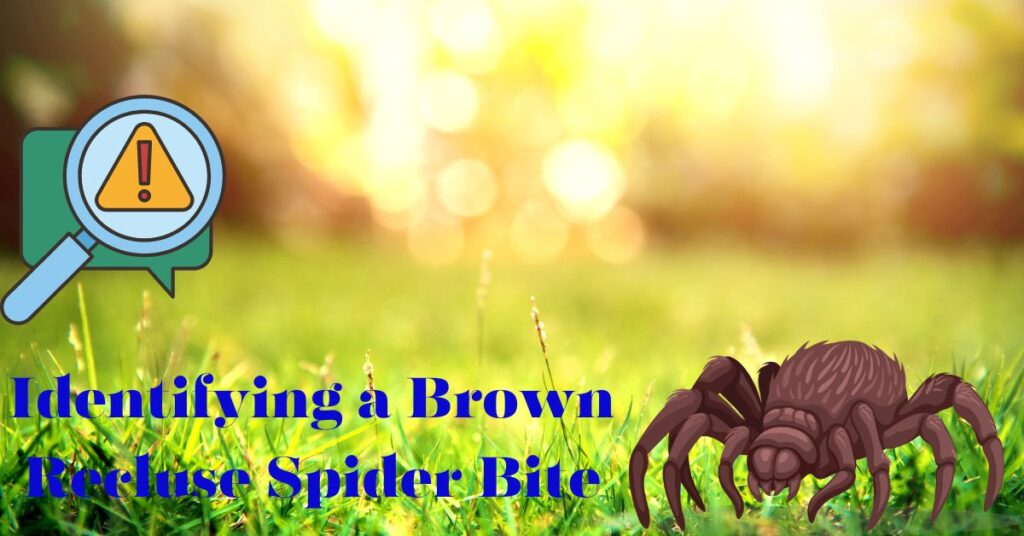
Identifying a Brown Recluse Spider Bite
Initial Bite Recognition
Initially, a brown recluse spider chew won’t be immediately important. The chew can feel like a pinch or may not be felt at all. However, in the first few hours, the bite website online may additionally become pink, swollen, and gentle. Recognizing these early signs is important, as they’re the first indicators of a bite.\
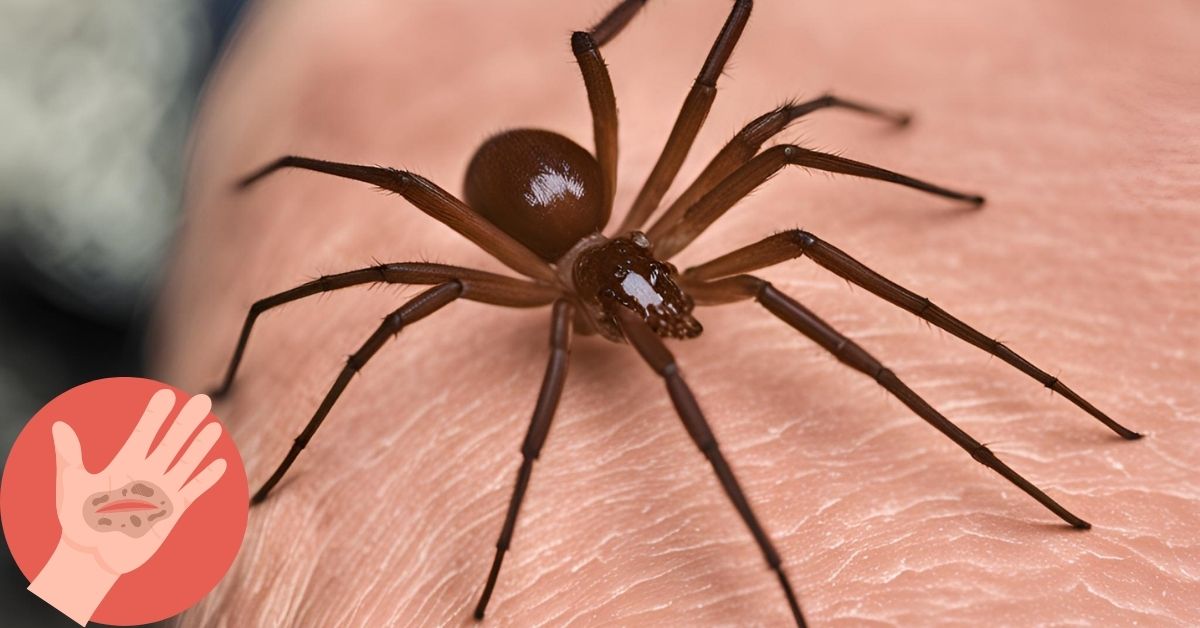
Progression of Symptoms
As the venom of the brown recluse spider starts to affect the tissue, the chew site may additionally expand a blister or a series of blisters. These blisters can wreck havoc, leading to an open wound or ulcer. This progression is a key element captured in brown recluse spider chew tiers photos, illustrating the severity of tissue harm that could occur.
Brown Recluse Spider Bite Stages with Pictures
Stage 1: Initial Redness and Swelling
Within 24 to forty eight hours of the chew, you may notice redness, swelling, and a faint blister on the bite site. Brown recluse spider chunk tiers pictures highlight this preliminary reaction, emphasizing the want for spark interest.
Stage 2: Blister Formation
Following the initial swelling, a blister or a collection of blisters will form. This level is critical to identify, because it marks the start of big tissue harm.
Stage 3: Necrosis Development
The maximum one of a kind degree shown in brown recluse spider chew degrees photos is the improvement of necrosis, in which the tissue around the bite web page begins to die. This degree can appear as a darkish, sunken vicinity, signaling severe venom effects.
Stage 4: Healing or Medical Intervention
The very last stage entails either the natural healing manner or, extra generally, the need for scientific intervention. Brown recluse spider chew levels images may additionally display the massive care required to treat the chunk, inclusive of wound cleaning, dead tissue elimination, and probable pores and skin grafting.
Treatment and Prevention
Prompt care for a brown loner creepy crawly chunk incorporates cleansing the region, making utilize of ice to decrease swelling, and raising the influenced appendage. Looking for clinical intrigued is critical, particularly in case you suspect the chunk is from a brown hermit creepy crawly. Specialists might too endorse anti-microbials, torment relievers, or steroids to oversee signs and indications and spare you defilement.
Avoiding brown hermit insect chomps begins with lessening your presentation to these creepy crawlies. Ensure your home is free of clutter where spiders could hide, use caution when handling boxes or firewood, and consider employing pest control services if you live in an area known for brown recluse spiders.
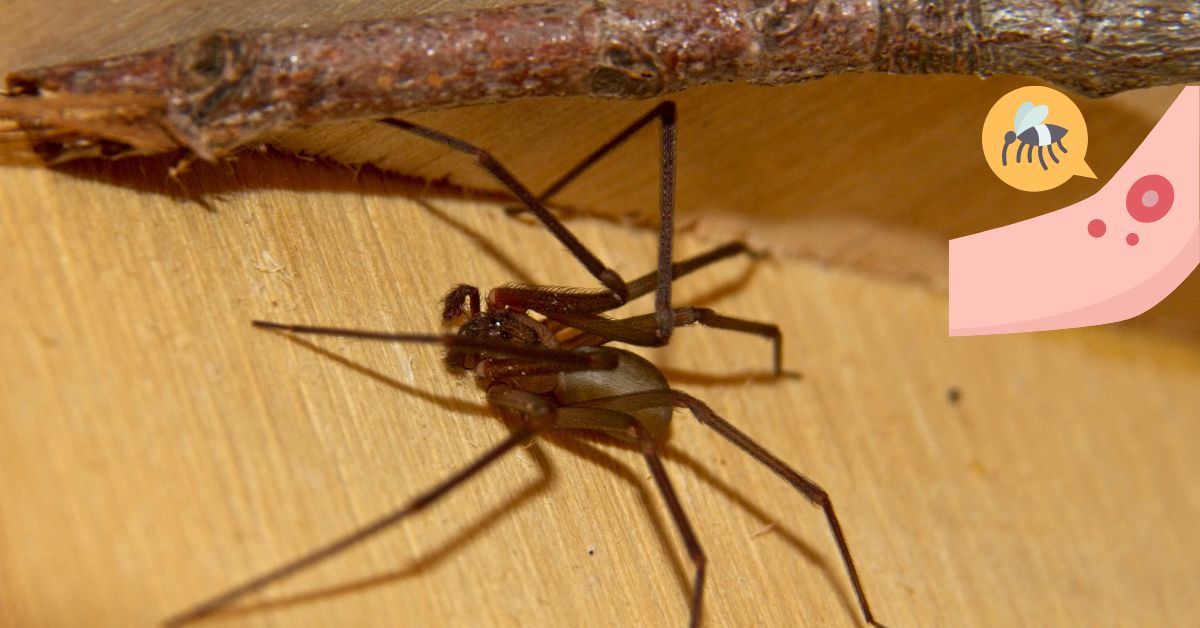
Key Takeaways
Early Discovery: Recognizing the early signs of a brown loner creepy crawly nibble is vital for viable treatment.
Stage Movement: Knowing the movement stages makes a difference in observing the nibble and looking for restorative consideration at the right time.
Treatment Choices: Different medications are accessible, each with its claim masters and cons.
Preventive Measures: Understanding anticipation can decrease the chance of bites.
Medical Help: Continuously counsel a healthcare proficient if you suspect a creepy crawly bite.
Stages of a Brown Loner Insect Bite
Stage 1: Starting Chomp (To begin with 24 Hours)
Symptoms: Gentle stinging or burning sensation, taken after by a little ruddy bump.
Visuals: The nibble location may show up marginally swollen and red.
Action: Clean the zone with cleanser and water, apply an ice pack, and maintain a strategic distance from scratching.
Stage 2: Redness and Rankling (24-48 Hours)
Symptoms: Expanded redness, torment, and a rankle may frame at the nibble site.
Visuals: The range around the nibble may swell, and the rankle can be filled with clear or somewhat ridiculous fluid.
Action: Keep the zone clean, apply clean, and screen for changes.
Stage 3: Ulcer Arrangement (3-7 Days)
Symptoms: The rankle may burst, driving to an open sore or ulcer. Torment and swelling increase.
Visuals: The ulcer may have a ruddy, kindled border and a grayish or pale blue center.
Action: Look for restorative consideration. Specialists may endorse anti-microbials or torment alleviation medications.
Stage 4: Serious Responses (1-2 Weeks)
Symptoms: In a few cases, systemic side effects like fever, chills, queasiness, or hasty may occur.
Visuals: The ulcer may develop, and encompassing tissue may kick the bucket, driving to necrosis.
Action: Prompt therapeutic intercession is essential. Hospitalization may be required for extreme cases.
Stage 5: Mending and Recuperation (A few Weeks to Months)
Symptoms: The ulcer gradually recuperates, and modern tissue shapes. Scarring may occur.
Visuals: The chomp location slowly moves forward, with less redness and swelling.
Action: Take after therapeutic exhortation for wound care and maintain a strategic distance from strenuous exercises that may influence recuperating.
Advantages and Disadvantages of Treatments
| Treatment Type | Advantages | Disadvantages |
|---|---|---|
| Home Remedies | Immediate relief, easy to apply | May not be effective for severe bites |
| Topical Ointments | Reduces pain and inflammation | Requires frequent application |
| Antibiotics | Prevents or treats infection | Possible side effects like stomach upset |
| Pain Relief Meds | Eases discomfort | Risk of dependency or allergic reactions |
| Surgery | Removes dead tissue, promotes healing | Invasive, risk of complications |
Common Questions and Answers(FAQ’s)
What ought to I do promptly after being chomped by a brown loner spider?
Clean the nibble range with cleanser and water, apply an ice pack to decrease swelling, and look for restorative advice.
How can I recognize a brown hermit insect bite?
Look for a ruddy, swollen bump that may create a rankle. Torment and a burning sensation are common beginning symptoms.
When ought to I look for therapeutic consideration for a creepy crawly bite?
If you encounter serious torment, an extending ulcer, systemic side effects like fever or chills, or if the nibble does not move forward inside a few days, look for therapeutic help.
Can a brown hermit insect chomp be fatal?
While uncommon, extreme responses can lead to genuine wellbeing complications. Provoke restorative treatment decreases the chance of extreme outcomes.
How can I anticipate Brown Recluse Spider bites?
Avoid zones where Brown Recluse Spider stay, wear defensive clothing, and utilize Brown Recluse Spider repellents. Routinely review and clean your living area.
Conclusion:
Understanding the stages of a Brown Recluse Spider nibble is fundamental for provoke and successful treatment. Early discovery and mediation can anticipate genuine wellbeing issues. Continuously clean the nibble range, screen side effects, and look for therapeutic exhortation if essential. Preventive measures, such as keeping your environment clean and wearing defensive clothing, can diminish the chance of chomps. Keep in mind, when in question, counsel a healthcare proficient to guarantee legitimate care and recuperation.
